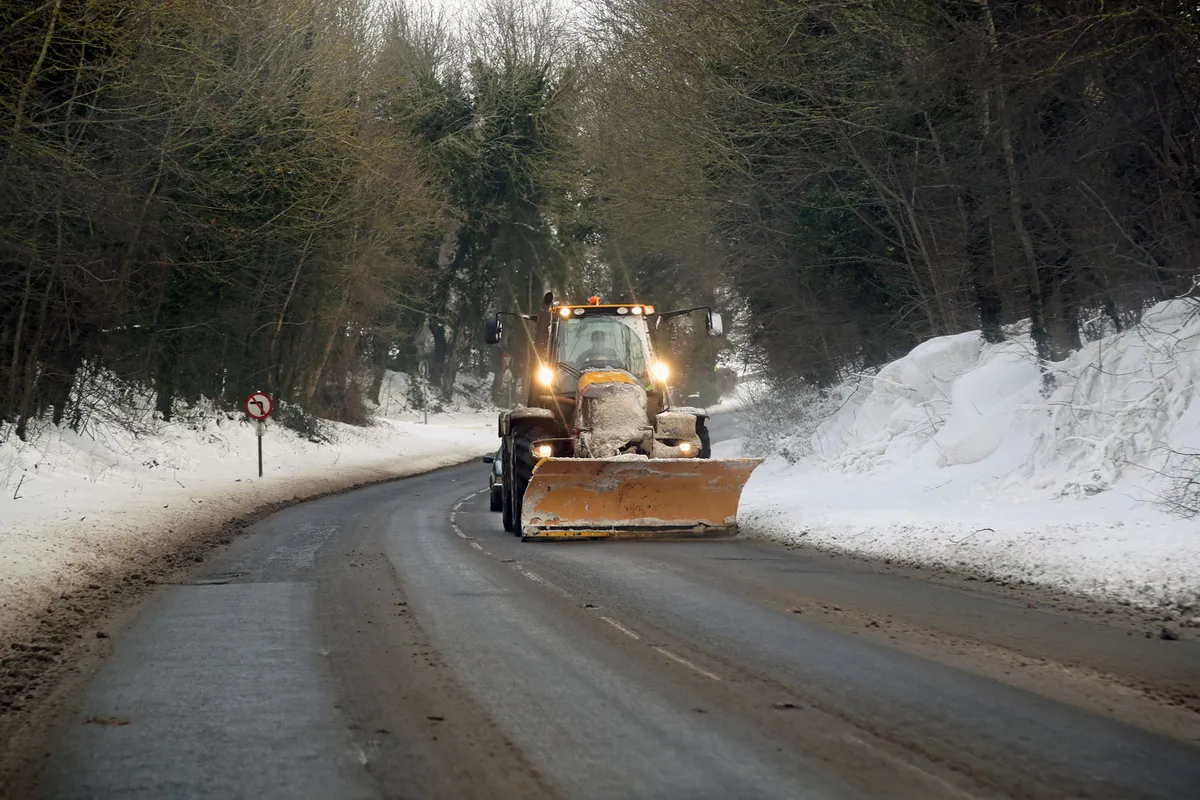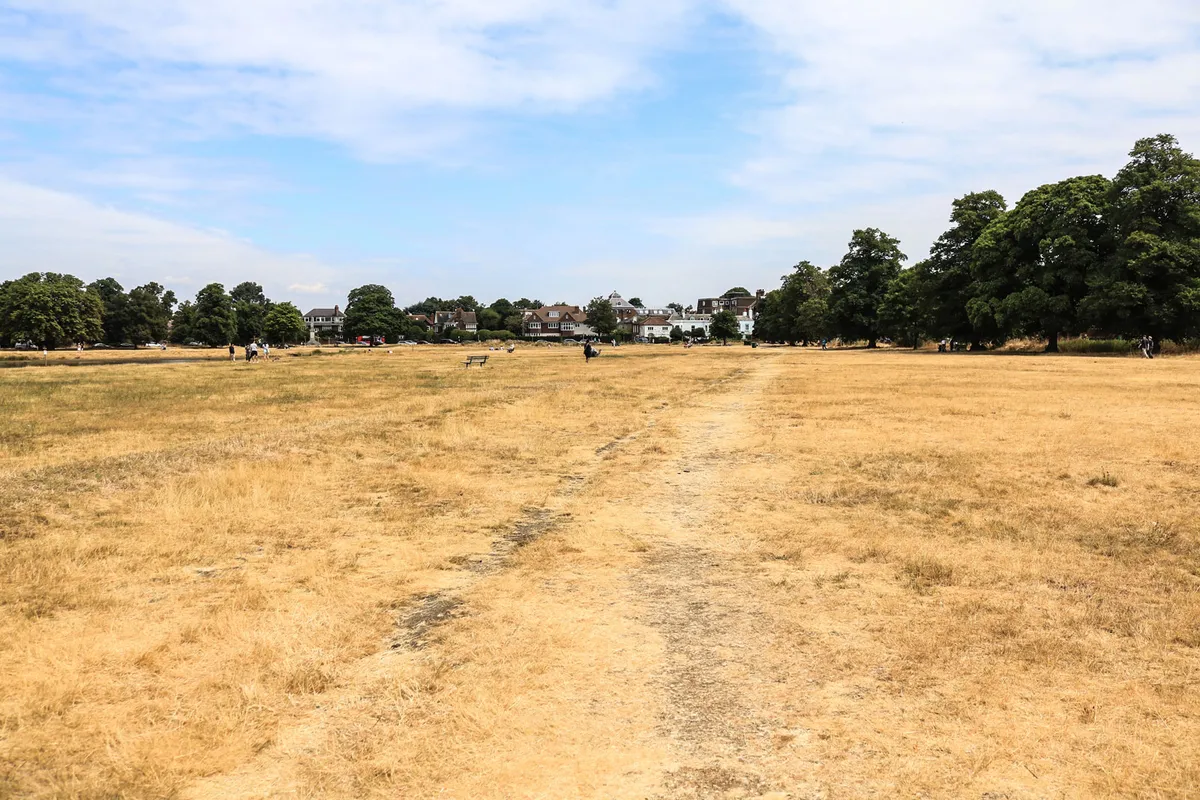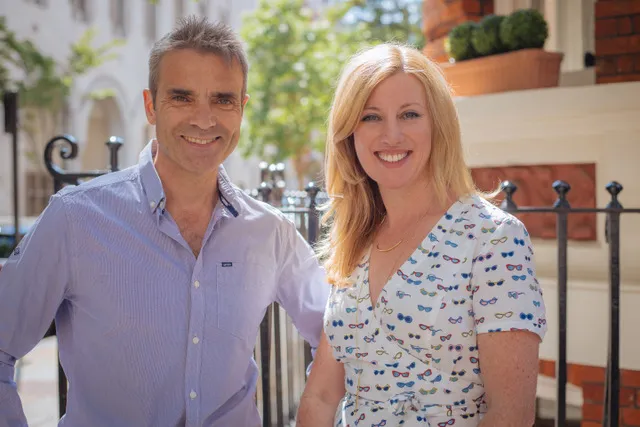In our expert weather guide, we look at the impact heatwaves have on the British countryside and predict what's next for the forecast.
How summer 2019 has compared to 2018?
What a difference a year makes! Last summer, under rain-free skies for months on end, the countryside became parched and barren. It was the equal hottest summer on record and it took its toll, via heath-fires, water restrictions and crop shortages.
This year, by contrast, periodic downpours have kept things green and lush and caused flooding in some places. The jet stream has brought a potpourri of wind and weather, thanks to its meanderings across the country. Northerly winds led to near-record cold days earlier this summer. But when the wind turned around, we lurched to the other extreme. In fact, so exceptional as to outshine anything the summer of 2018 could muster up.

July's mini-heatwave – the hottest day on record?
It lasted less then a handful of days, but those who experienced the phenomenal ‘mini-heatwave’ of late July won’t forget it in a hurry; not just for its acute severity, but also for the flurry of controversy surrounding its status as an all-time record-breaker.
It was a direct supply of southerly winds on 25th July 2019 that sent the mercury soaring into the high 30s Celsius. Even higher than that if you believed the thousands of images sent in by the public of their own thermometers at home or in the car.
For consistency, however, there are good reasons why official sites - properly calibrated and monitored – provide meteorologists with a consistent record of temperature trends.
Some are sent in to the Met Office instantaneously and, for a while that afternoon, it looked like the temperatures had peaked shy of the existing record of 38.5C. “Britain just fails to achieve its hottest ever day” was the claim.
However, some stations provide their data many hours, or even days, later. And so it was, just as the frenzy of hot air was passing, that a submission from Cambridge University Botanical Garden changed the headlines overnight and confirmed a new all-time record of 38.7 Celsius.
What can we expect from weather forecasts in the future?
Cause for celebration? The fact that we broke the 100-degree Fahrenheit barrier for only the second time might seem a novelty here in the UK; but even more brutal heat afflicted Continental Europe, as it already had earlier in the summer. It won’t be long before it happens again… and again.
The UK’s 10 warmest years have all occurred since 2002 and, globally, 2019 is expected to be in the five top warmest years on record.
So while the immediate outlook for the rest of summer is mixed, the long-term prognosis is more stark. Winds from every direction are getting warmer than they used to be.
As the novelty of tumbling records wears thin, so the urgent need for drastic action will, hopefully, soon become irresistible. Actions speak louder than words, after all.
UK 2018 heatwave – the talk of town and country
The weather might be the nation’s favourite conversation, but during this phenomenal year, it is all people have been talking about.
It has been a summer that has divided us. For many, especially sun-loving holiday makers, the heatwave has been a godsend after several mediocre years. Most of us, haven’t even had to mow the lawn! But as the landscape has become evermore parched, it’s been an endless, overheated headache for those at the sharp end of heath-fires, hosepipe bans, wilting crops and dwindling livestock feed. Now even some trees are showing the strain.
High and dry – just like 1976?
Reaching for the record books, the heat and sunshine this summer has often been of similar intensity to 1976. The common denominator is a dome of high pressure, blocking our usual conveyor belt of moist and mild Atlantic weather. But broadbrush statements don’t paint the whole picture. For some corners of the UK, this year may have been even more extreme - the driest start to summer for well over 50 years. On the other hand,1976 saw an extraordinary 18 days running when somewhere in the UK had temperatures above 30C. This year we haven’t got out of single figures.

But there’s one key factor which made the summer of 1976 more impactful. Back then, the UK had lacked rain for over a year. When the heatwave struck, the country was already thirsty. Serious water shortages then ensued, with hundreds of livestock perishing as fodder reserves became exhausted. Dessicated crops withered before farmers’ eyes, spawning panic buying of vegetables as shop prices soared.
Climate Change - fanning the flames of attribution
Since 1976 since there hasn’t been a significant rise in the frequency of UK ‘heatwave’ summers. It’s been a lucky break! The ‘slow-burning’ long-term trends are often disguised by the shorter-term ‘noise’ that makes up our variable weather. It’s a tangled web.

But many leading scientists suggest that deadly summer heatwaves and droughts will become the norm within a few decades. And although millions of pounds have been spent to improve water supplies and repair leaks, the booming population and ever-increasing demands from industry foretell a high-stakes race ahead between supply and demand.
What caused the UK heatwave?
2018 has already seen its fair share of severe weather, with the ‘Beast from the East’ hitting our shores earlier this year. It seems we’ve lurched from one extreme to the other, with very little ‘normal stuff’ in between.

Odd things started happening back in February. It was a sudden warming way up in the stratosphere that sent winds across the whole northern hemisphere spinning into reverse – from the top to the bottom of the atmosphere. Thanks to the ‘Beast from the East’, extreme cold and historic blizzards paralysed the country. Children rejoiced as schools were closed on the coldest March day on record. But the atmospheric aftershocks have lingered on, long since the last snowdrifts melted.
Blowing hot and cold
Our normal Atlantic westerlies have gone ‘AWOL’. Instead, continental easterlies have become commonplace. While landmasses cool down much more quickly in winter, they warm up more dramatically in summer than do oceans.
And as the continent heated up, the same winds that brought such bitter cold late winter weather began to deliver blowtorch heat in spring and summer. Ever since April, the UK has basked in successive months of above normal temperatures.

It’s thought that sea temperature patterns in the Atlantic have helped this self-sustaining force-field. ’Hot and Dry’ has bred yet more ‘Hot and Dry’.
What's next for the weather forecast?
So will the continental ‘block’ keep our mild, damp westerlies at bay through the rest of the year; or will the atmospheric damn suddenly burst? In 1976, once it started raining in late August, it barely stopped until Christmas. While there are no clear signs of a lasting deluge yet as autumn approaches, and the continent cools again, the prospect looms that, come winter, we’ll be lurching back into the freezer unless the westerlies rediscover their ‘mojo’.
Weather, eh - never a dull moment. Come what may, it will continue to give us plenty to talk about through the rest of the year. That’s our forecast!
weathertrending

With nearly 40 years of weather broadcasting expertise between them, meteorologists and presenters Sara Thornton and John Hammond love talking about weather - extreme or otherwise! At weathertrending.com and on social media @weathertrending, they blog about their passion for weather, and how it affects the way we live, every day. Working with household names in the retail and leisure sectors, they create and tailor bespoke weather content for a range of audiences.
Read John’s latest thoughts on the weather for the next few weeks on weathertrending.com

